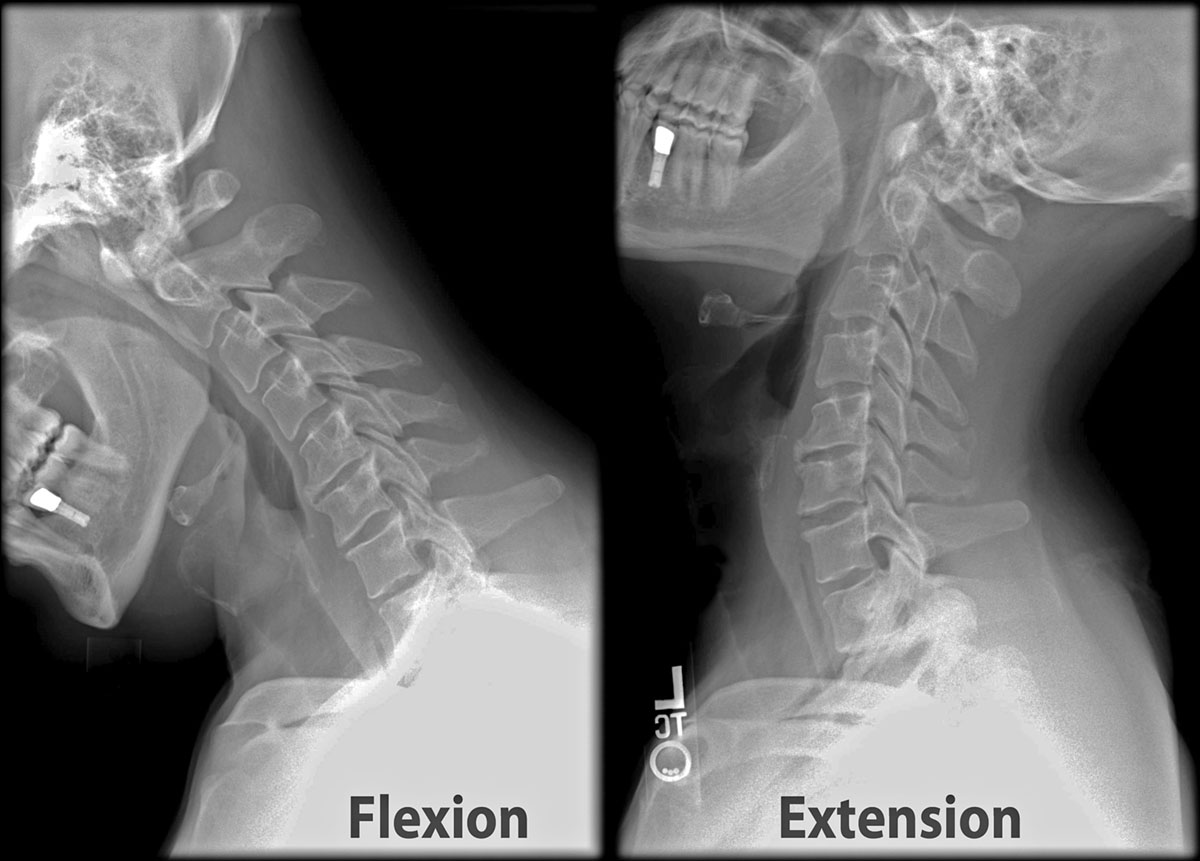
Narrowing of the spine medically known as spinal stenosis is a serious medical condition which features with narrowing of the space which surrounds the spinal cord. This consequently leads to pressure on the spinal nerves and/ or spinal cord. Narrowing of the spine usually affects the lumbar spine. However, it may also affect other parts of the spine including the cervical and thoracic spine.
What are Causes of Narrowing of the Spine
Narrowing of the spine most commonly affects middle aged people. Narrowing of the spine may be inherited or acquired.
One of the causes is spine arthritis. This medical condition is actually the leading cause of spinal stenosis. It features with degenerative changes of the spine and consequent narrowing of the spinal canal. In spine arthritis narrowing is caused by the presence of bone spurs and calcifications of the spinal ligaments. Degeneration of the spinal disc may be another potential cause since it may protrude and lead to narrowing of the spinal canal.
In some people the spinal canal is too small at birth. This condition is hereditary and once the spinal cord has grown to certain size the symptoms occur. Even structural deformities of the spine can lead to narrowing of the spinal canal.
Trauma to the spine and many injuries may result in fracture of the vertebrae. Fragments may dislocate and narrow the spinal canal. Narrowing of the spine is also noticeable in case of spinal tumors.
In Paget disease production of new bone is much faster than normal so the bones become soft and weak. Such bones are rather susceptible to fractures. Paget disease may affect the spine and cause its narrowing. And finally, in the process of aging certain tissues of the spine tend to become thicker. Aging also leads to formation of bone spurs. Both of the previously mentioned may cause narrowing of the spine.
Treatment for Spinal Stenosis
Narrowing of the spine is initially treated with physical therapy. This treatment modality strengthens the back muscles and improves the posture. Better support to the spine may partially alleviate the symptoms of the spinal stenosis.
Some people may benefit from weight loss. Reduction in weight may decrease the pressure onto the spine and improve the symptoms of the disease. Pain caused by spinal stenosis may be alleviated by nonsteroidal anti-inflammatory drugs. After the pain occurs one is advised to rest and gradually return to everyday activities. There are even alternative therapies such as acupressure, massage, magnet therapy, etc. Surgery is performed in patients who suffer from severe symptoms and signs caused by pressure to the spinal nerves.


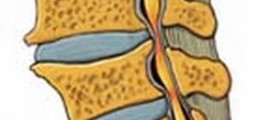
-Causes,-Symptoms,-Diagnosis,-Treatment_f_280x120.jpg)
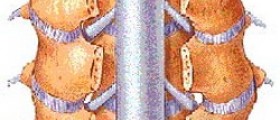

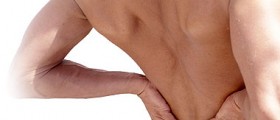
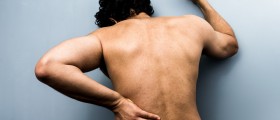
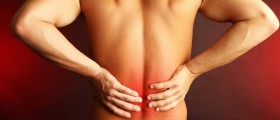

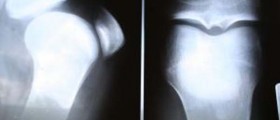

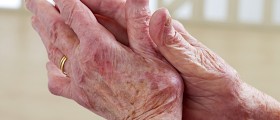
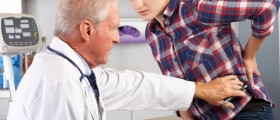
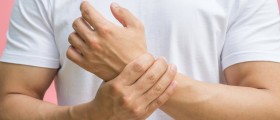
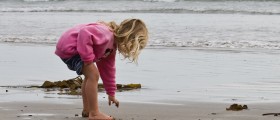
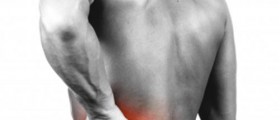
Your thoughts on this
Loading...